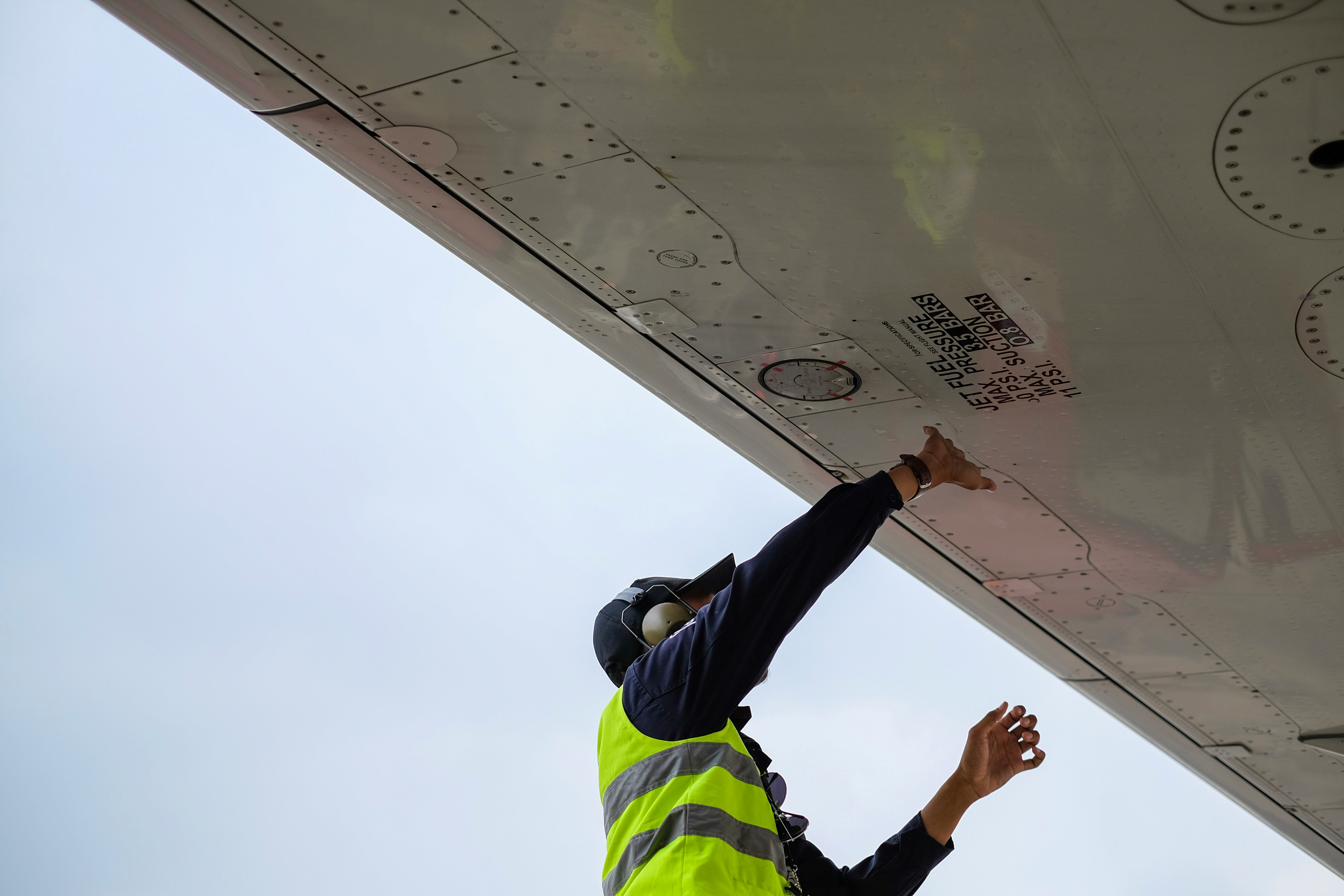The Ultimate Guide to Document and Property Organization for Commercial Tenants
21 Jan 2025
The Ultimate Guide to Document and Property Organization for Commercial Tenants
Effective lease management relies on a solid foundation of document and property organization. For commercial tenants, keeping track of lease agreements, property details, maintenance logs, and compliance requirements is critical for ensuring smooth operations, avoiding disputes, and staying compliant with legal obligations. This comprehensive guide outlines best practices, tools, and strategies to master document and property organization, supported by real-life Australian case studies.
Why Document and Property Organization Matters
Streamlined Operations: Efficient access to lease documents and property details saves time and reduces administrative overhead.
Dispute Resolution: Clear, well-maintained records strengthen your position in negotiations and legal disputes.
Compliance Assurance: Properly organized documents help tenants meet regulatory requirements and avoid penalties.
Cost Savings: Proactive maintenance tracking and utility monitoring reduce unexpected expenses.
Core Components of Effective Organization
1. Centralizing Lease Documents
Centralizing all lease-related documents ensures easy access and prevents errors caused by scattered records. Key documents to include:
Lease agreements and addendums.
Correspondence with landlords.
Rent review schedules and renewal notices.
Compliance certifications (e.g., fire safety inspections).
Best Practices:
Use secure digital platforms like Properting for document storage.
Digitize all physical records and categorize them logically.
Set permissions to control access to sensitive files.
Explore more on centralizing lease documents here.
2. Organizing Property Details
Comprehensive property records provide insights into maintenance obligations, utilities, and zoning restrictions. Information to track includes:
Property layout and condition.
Approved business activities (zoning).
Utility agreements and service providers.
Maintenance responsibilities and past disputes.
Best Practices:
Create a detailed inventory for each property.
Store historical data on disputes and renovations.
Use tools like Properting to integrate property details with lease documents.
Learn about organizing property details effectively here.
3. Protecting Sensitive Data
Lease documents often contain confidential information. Securing sensitive data is vital to prevent breaches and maintain trust.
Best Practices:
Encrypt files during storage and transmission.
Restrict access to authorized personnel only.
Implement regular data backups and audit trails.
Train staff to recognize cyber threats like phishing attacks.
Discover strategies for protecting sensitive lease data here.
4. Tracking Maintenance and Repairs
A well-maintained property minimizes operational disruptions and strengthens tenant-landlord relationships. A maintenance and repair log should include:
Dates and descriptions of issues.
Actions taken and associated costs.
Contact details for contractors and service providers.
Correspondence with landlords regarding responsibilities.
Best Practices:
Categorize maintenance activities by type (e.g., HVAC, plumbing).
Schedule reminders for routine inspections and tasks.
Share logs with landlords to foster transparency.
Read more on creating maintenance and repair logs here.
Tools to Enhance Document and Property Organization
Lease Management Platforms
Solutions like Properting offer features such as:
Centralized document storage.
Automated reminders for critical dates.
Integrated property and maintenance tracking.
Cloud Storage Services
Platforms like Google Drive and Dropbox provide simple storage options for small-scale needs, though they may lack advanced lease-specific features.
Professional Support
Engage property consultants or legal advisors to assist with organizing complex lease portfolios or resolving disputes.
Real-Life Australian Case Studies
1. Retail Franchise in Sydney
A franchise operating 15 stores across New South Wales streamlined its lease document management by implementing Properting. This reduced administrative errors by 70% and saved $10,000 in legal fees over six months.
Read the full case study here.
2. Logistics Company in Brisbane
Disorganized property records led to disputes over maintenance costs and utility overcharges. A centralized database reduced disputes by 50% and identified $20,000 in savings.
Learn about their approach here.
3. Medical Clinic in Melbourne
After a ransomware attack compromised lease data, a clinic adopted a secure lease management solution. This improved data security, reduced compliance risks, and restored stakeholder trust.
4. Restaurant Group in Perth
By creating detailed maintenance logs, a restaurant group reduced disputes with landlords by 80% and negotiated a $15,000 rent reduction.
Read more about their success here.
Conclusion
Document and property organization is a cornerstone of effective lease management for commercial tenants. By centralizing records, protecting sensitive data, and tracking maintenance proactively, tenants can avoid costly mistakes and improve operations. Tools like Properting simplify these processes, providing Australian businesses with the resources they need to thrive.
Ready to streamline your lease management? Sign up for Properting today.


